Environmental researchers recommend retiring North Sea drilling platforms on site
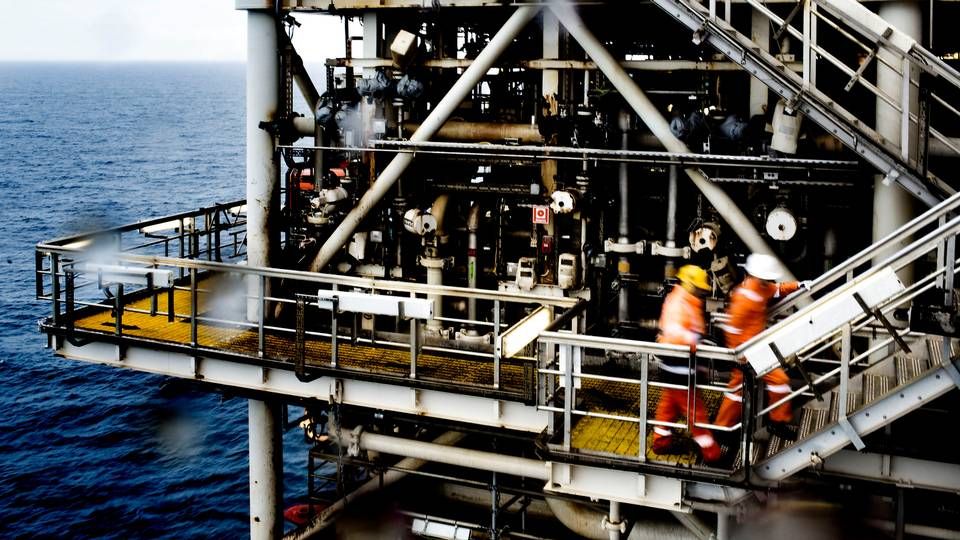
Since the signing of the Ospar convention in 1998, all countries in Europe have been in agreement that each and every fossil fuel platform must be removed from location after no longer being in use. This is supposed to take consideration of nature and the marine environment, and oil companies are obliged to pay commissioning costs.
Now, however, a group of bioscience researchers are questioning the prudence of this practice.
Today's seabed has become so disturbed by the trawling of fisheries that bottom rocks and other types of firm substrates have largely disappeared, leaving little structure for fish habitat and space for thriving biodiversity, explains Senior Researcher Jonas Teilmann from Aarhus University's Bioscience department, specializing in marine mammals.
"Of course, removing the facilities is basically a fine place to start. We're now simply proposing that this be reconsidered; because what's the alternative: It's a flat seabed that will be trawled the day after the structures are taken away, and then nothing will be left behind. Everything that's out there will disappear if the platformed are removed. It's not like the fisheries are saying that they will not trawl there anymore," Teilmann says.
He concedes that an oil platform's steel structure is not the same thing as natural rock formations of reefs, yet he nonetheless thinks the comparison is suitable:
"To some degree or another, they have similar properties being that algae and various animals are able to attach themselves, and there are hiding places for small fish and crabs, for instance, which is also why the large fish come there. In that sense, you create an ecosystem that has otherwise disappeared in [Danish waters]. It's said that 99 percent of the larger rocks that create holes where fish can hide are gone. This is dramatic. Our sea is not what it has been, and this could also be one of the main factors behind major fish depopulation in our waters," the bioscience researcher says.
Expensive cleanup
Teilmann notes that the areas surrounding oil platforms are teeming with fish, and he thus suggests converting the structure into artificial reefs rather than removing them. Denmark's economic waters host 67 oil platforms, all of which are in line for removal at some point in the future – the first of which will be disassembled and ferried away already this decade.
"We recommend allowing something to remain in place out there for biodiversity conservation. It's out in the middle of the North Sea, and without these platforms, there's just a flat seabed. Moreover, the connections between platforms are also important. One platform standing alone out there is not enough to accomplish this. Rather, a series is needed with connections in between, thereby creating a type of corridor between the different installations," Teilmann says.
Only one publicly known decommissioning cost estimate is currently available and is an approximation made by the Danish Energy Agency (DEA), which in 2015 set the decom bill's tentative value to DKK 41bn (EUR 5.52bn) in total.
"This amount entails decommissioning of existing facilities and approved installations not yet established. Because only a limited number of setups in the North Sea have been taken out of use, there's a significant degree of uncertainty associated with these cost appraisals," the DEA said at the time of publishing its findings.
Right now, the only decom project in the Danish sector is the reestablishment of the Tyra field. According to Norwegian analysis firm Rystad Energy, taking down Tyra will cost roughly USD 500m. In total, Tyra's bill is projected to end up being approximately DKK 21bn.
Rystad adds that oil company Ineos is banking on spending around DKK 200m on decommissioning its facility at the Siri field after ended life cycle in the late 2030s.
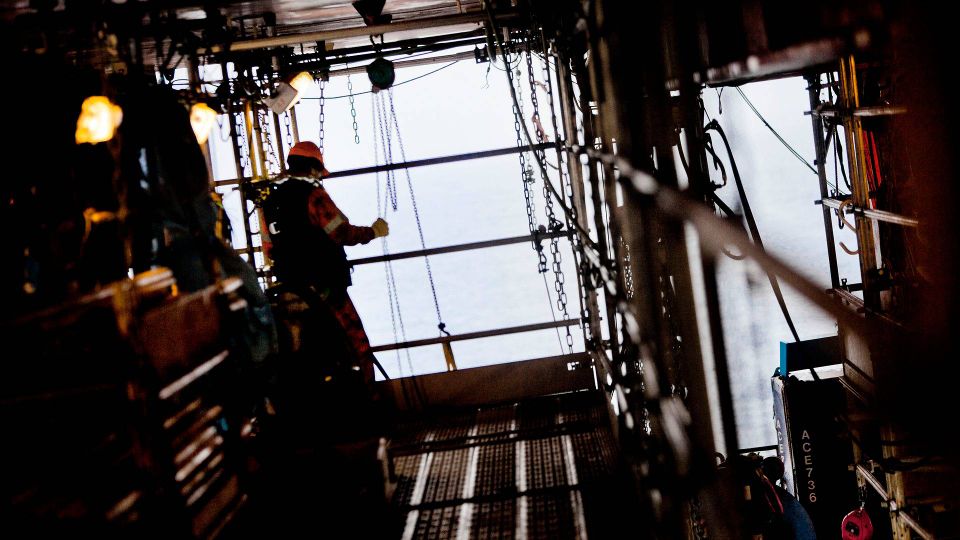
Paid by industry
An Aarhus University study from last month shows that larger fish populations surrounding oil platforms attract harbor porpoises seeking food.
While the facilities are operational, noise made from equipment like pumps disturbs porpoises, but the sites are otherwise so attractive that the marine mammals choose to defy such circumstances. When the installations are taken out of commission at some point, the areas will needless to say be just as quiet as other places below the waves.
Teilmann partook in the research behind the porpoise study, and based on their findings and other related information, he proposes allowing the steel structure to remain in place as synthetic reefs.
It's worth mentioning that their investigation was funded by French oil and gas supermajor Total, which owns the majority interest in Danish North Sea platforms. Teilmann also acknowledges that many people might question whether the research group had simply ended up in the deep pockets of the industry:
"That can, of course, be said, but on the other hand no one has the means to work out there with such large ships, helicopters and everything we use if they don't have the support of an oil company. So, impartial studies paid by foundations or the state are not made simply because no one wants to pay for it," he says and continues:
"Accomplishing our task requires perhaps DKK 10m to observe the effect of having a platform out there, and we cannot just source that money from elsewhere, so we're are obliged to ally ourselves with [oil companies]. However, we naturally retain our full academic integrity, so they are the ones deciding what we write and analyze. We have a mutual cooperation with help from their logistics and money."
Initiatives have also been launched in the UK, Australia and the US to explore the value of [retaining] offshore structures [on site]. In 2018, a study published in scientific journal The Ecological Society of America (ESA) found that 36 of 38 marine researchers were of the persuasion that, contrary to present legislation, regulations should be amended to permit at least some of the structure to stay standing in the ocean after the drill bits and the like are permanently retired onshore.
Total: Valuable knowledge
Total Denmark Health, Safety, Security & Environment (HSSE) Director Gerald Kloski notes that the porpoise study, carried out at the company's Dan F platform, is the most extensive of its kind completed in the North Sea. The probe was a part of a larger research program initiated in 2013.
"This scientific study provides us with valuable knowledge about the distribution of whales and food seeking near our platforms. We have been able to see that the presence of whales surrounding our platforms is equal in proportion to populations in conservation areas in Denmark's territorial waters," Kloski states.
The Total director reveals that the oil outfit intends to take a closer look a the study's results in order to ascertain how to best integrate these findings within current operations and project. At the same time, he says the results will be incorporated into the entire question of decommissioning.
"The data gathered provide new valuable knowledge about the potential impact on regional biodiversity when offshore structure functioning as artificial reefs are removed in connection with decommissioning. These results should be taken into further consideration by academia, the offshore industry as well as regulatory institutions concerning future 'rig-to-reef' scenarios," he says.
Three solutions
Teilmann indicates three different options for converting the installations into synthetic reefs. In each scenario, all remaining hydrocarbon deposits must first be emptied.
After completing this stage, the top of the facility would be cut off at some point between 10 and 20 meters below sea level, thereby allowing the structure to remain standing in way that permits ships to sail past unencumbered.
Another possibility is to knock the platform on its side because oil pipes exposed along the seabed are also attractive for fish, while such structures also facilitate the growth of marine flora and fauna as well as serving as useful habitats for fish.
The last option is to move the facilities to a site once home to a stone reef. Doing this, though, would require research into whether dumping imported granite from Norway, for instance, would be more viable, Teilmann says.
"But iron is in no way toxic and is as such a form of shelter for plants and animals. Whether it's stone or iron, [the fish] aren't so concerned," he says.
Studies show that when something sticks up from the ocean floor – be they stone or artificial reefs – the surrounding biological mass is somewhere between 10 and 30 times greater than elsewhere on account of providing more secure places for fish to thrive than above a flat seabed.
The senior researcher explains that, in strictly ecological terms, permitting the platforms to stay in place would be tantamount to preserving status quo. It's unlikely that even more fish would propagate, but it would all be worth it if local ecosystems were conserved, he holds.
To the best knowledge of researchers, the notion is relevant for all of Denmark's oil platforms, but certain local conditions such as ocean currents could mean that some sites would be better habitats than others.
Fisheries looming to pounce
Teilmann understands that some people might wonder why an industry responsible for more carbon pollution than most others would suddenly be positioned as the savior for some the most pressing maritime challenges.
"In the early days of oil production, people didn't have a great handle on all the chemicals tossed into the water, and there weren't any special inspections or oversight on the matter. Things have greatly improved since, leaving Denmark with far cleaner production than once was the case. There's been a big mess from the oil, and then there are the occasional oil spills. These have, fortunately, been very rare coming from the platforms themselves but rather take place once in a while when ships hauling oil go aground. So, looking at the industry as a whole, of course there's major filth sometimes," he admits.
There's also the argument that those that made the mess ought to be the ones held responsible for the cleanup. The only problem is, Teilmann points out, that another industry will simply fill the vacancy:
"Then the fishing industry will just step in and force out the animals that had otherwise found a little peace around these platforms. It's a dilemma that's hard to swallow – including people from my own university who think the platforms simply must go. Although if these aren't replaced with something else, then something of value is removed for many animals that perhaps might not otherwise be present – or be there in large numbers," he says.
"In that sense, it's a question of to what extent that oil sector pollutes more than fisheries, and I would place a big question mark behind that. Here and now, it's certainly the fishing industry – especially trawlers – that plow through our seas in such a way that leaves no peace many places. But this is clearly a tough dilemma," Teilmann adds.
One way to repay
Meanwhile, deciding on the future of the North Sea is not the prerogative of the Aarhus research team, rather it's a big political decision and entails many principle considerations.
If oil companies are permitted to leave their gear in place, then other industries might seek allowance for sinking their ships, and wind farm operators might also be interested in tipping over their turbines into the water at ended lifecycle. That's at least a concern, according to Teilmann.
"Of course we must think this issue of tossing 'waste' into the sea through. It must make sense to allow something to stay out there . It should not be for economic reasons but rather for biological concerns – and because we have debased our seas so much that we ought to give something back," the researcher says.
He also recognizes that steel corrosion must also be taken into consideration, but he says the corrosion in and of itself would not pose a problem due to iron being a basic and non-toxic element absent chemicals or other noxious content.
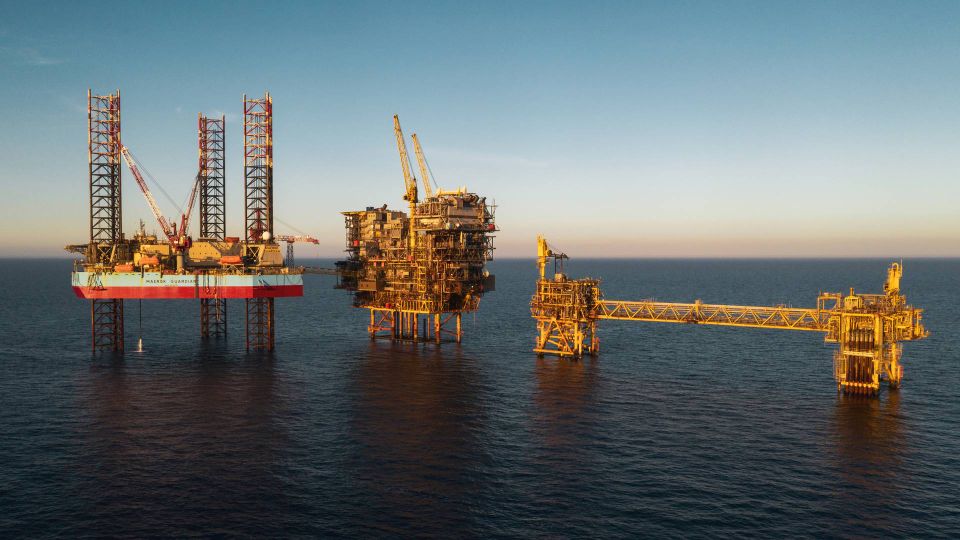
Pressure on policymakers
Public opinions on the matter are likely to differ, Teilmann admits, but he's otherwise convinced that laying new plans for how to retire the platforms should be possible:
"There's already pressure on politicians stemming from the research. So, first off I'd say that it's not unrealistic. But it's clear that some big battles will have to be settled first as some environmental groups are justifiably opposed to the oil industry, and some vocal scholars will probably also raise objections," he says and adds:
"But there the discussions are lively, and there's a lot of writing about this scientific articles. Many other countries are working with it, so I don't think having the discussion is unrealistic. Nor is it implausible that the Ospar convention could be repealed at some point in time."
Decommissioning is presently more of an issue in the British oil industry as several installations are approaching the end of their usefulness, thus allowing the Danish sector to bide its time while waiting to see what solutions are opted for elsewhere.
English Edit: Daniel Frank Christensen
Equinor awards decom contract for two oil platforms
Maersk's decommissioning venture expects first profit in 4-5 years
Related articles
Equinor awards decom contract for two oil platforms
For subscribers
Maersk company takes off in huge rig decommissioning market
For subscribers

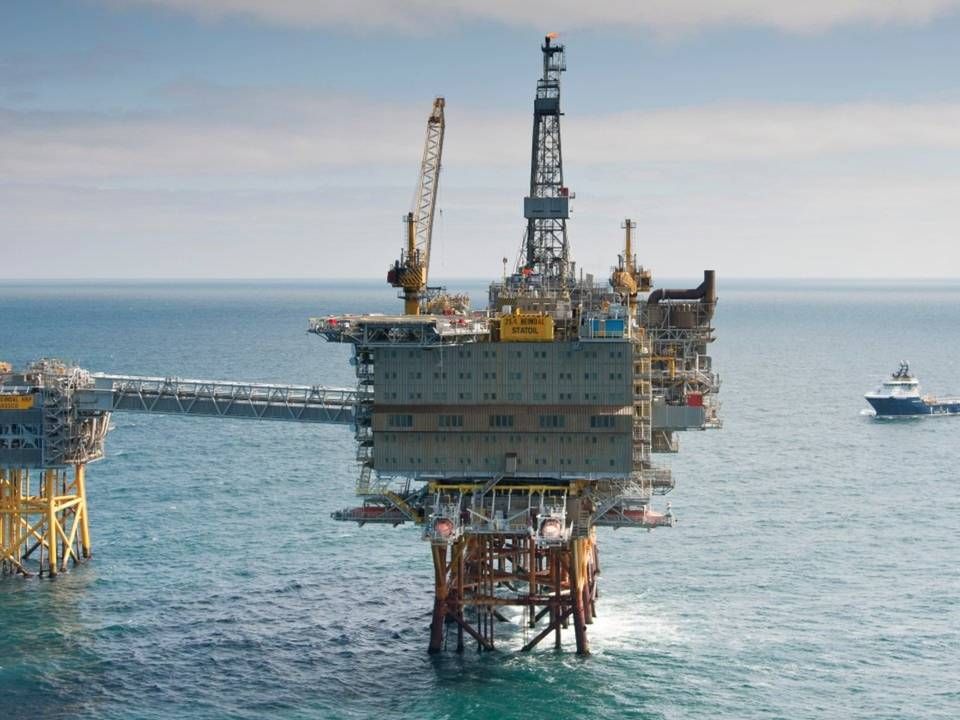
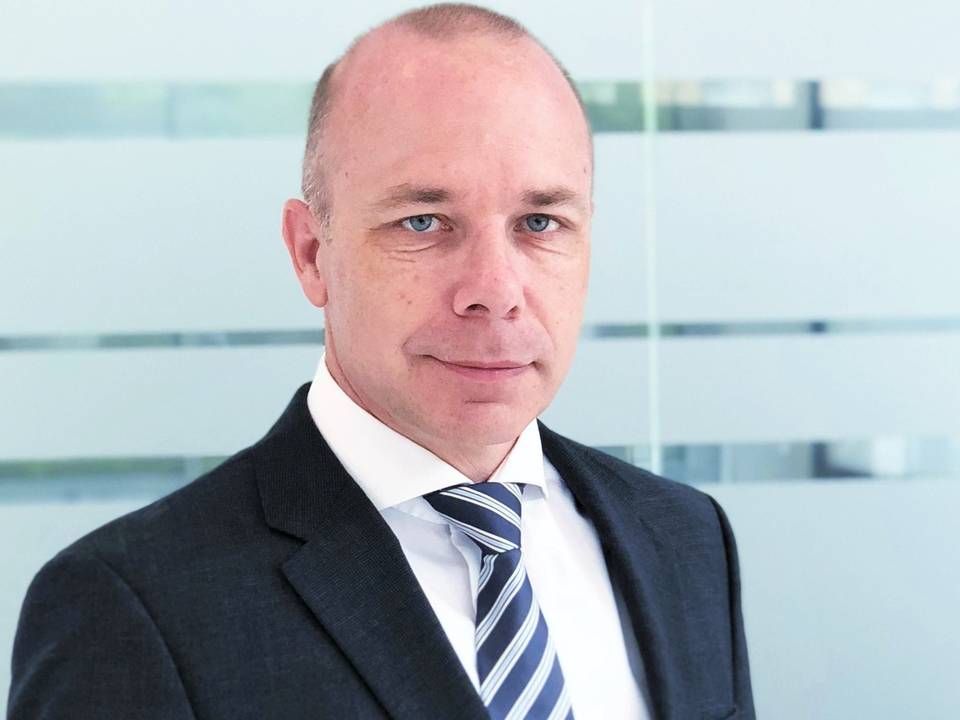
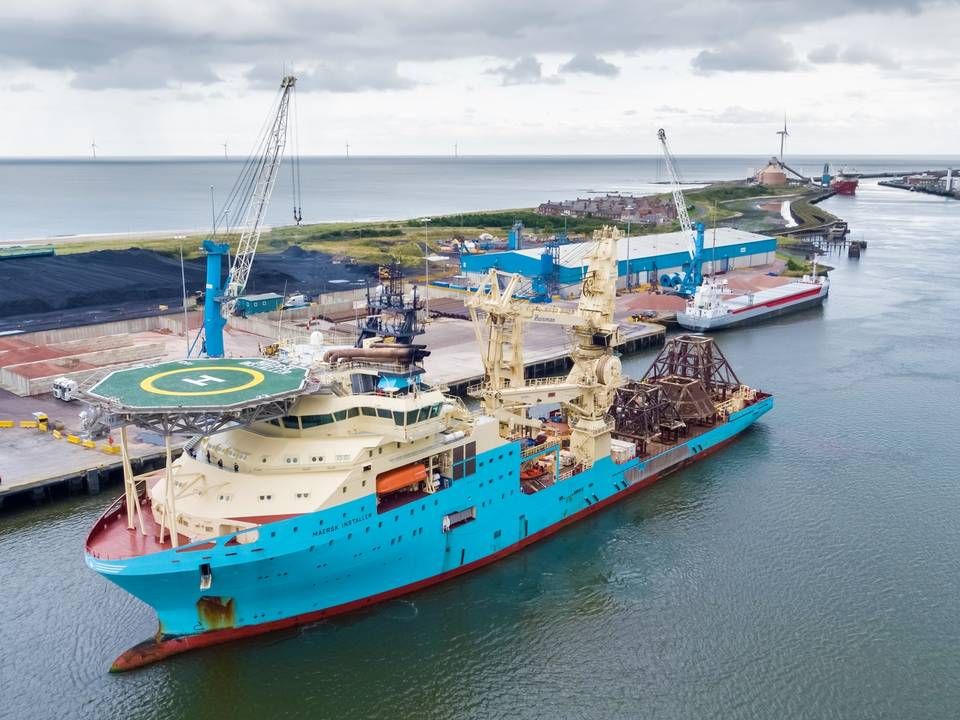



















.jpg&w=384&q=75)

